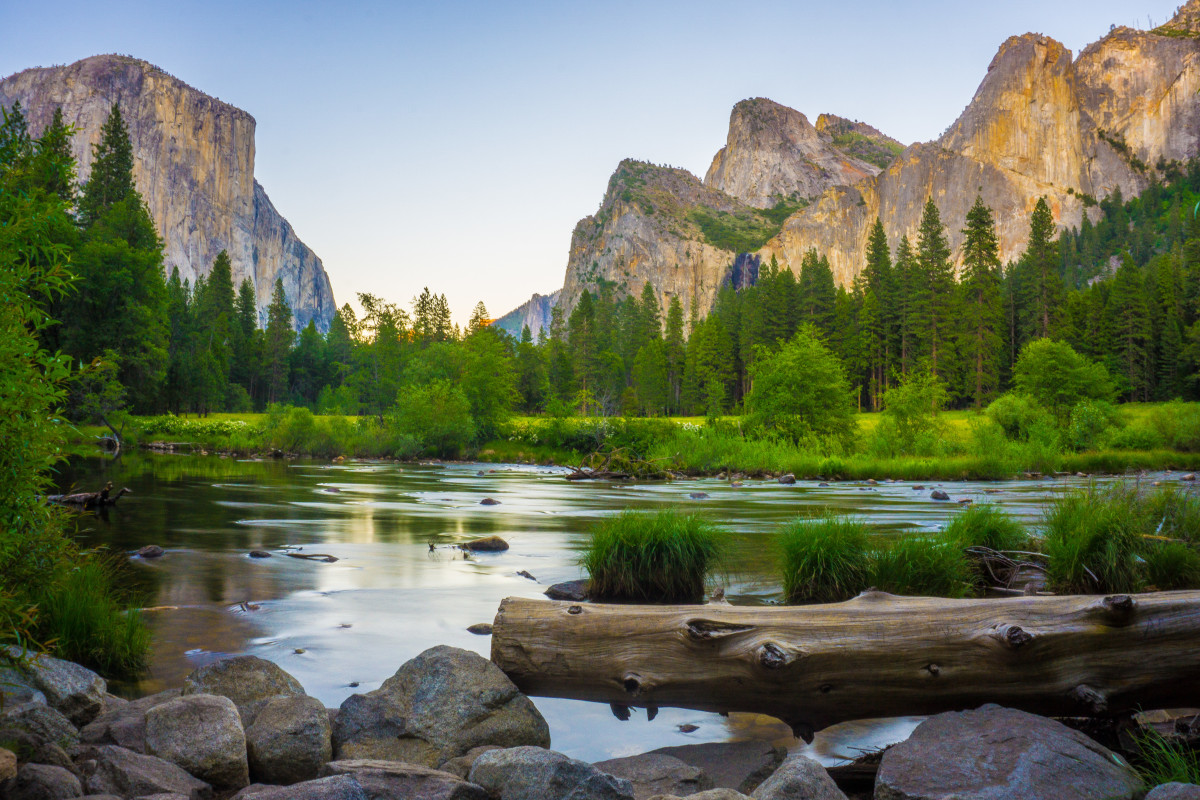Study Finds the Impact Social Media Is Having on National Parks

What people see online might drive them to the parks.
We've often heard the adage that Instagram is not real life. Still, there are some things that remain impressive regardless of filters, including the breathtaking natural beauty of our national parks.
It turns out seeing pictures from national parks on social media might be driving more people to get out in nature. A recent study published in the Proceedings of the National Academy of Sciences journal explores this phenomenon by examining the possible correlation between social media posts about national parks and spikes in visitors, especially for the less popular parks that aren't as heavily trafficked.
"There's been a general idea that social media exposure matters for visitation, but this research shows that it matters to a very strong degree," study author Casey Wichman of Georgia Tech said in a statement. "It's one of the main drivers of the huge increase in visitation to national parks."
The study compared social media exposure and visitor numbers for more than 60 national parks before and after the social media boom at the turn of the last decade. To do this, Wichman looked at five different metrics of social media followers: Instagram followers, Instagram mentions, X (formerly Twitter) followers, X mentions, and total number of likes and reposts on X. He then ranked the parks based on the average of these figures.
Wichman found that the parks with the biggest increases in visitors are largely situated in the western U.S., including the Rocky Mountain region and Utah as well as Alaska. In total, the study found that parks with high social media exposure experienced up to 22 percent more visitors than those with lower social media exposure since 2010. National parks in Alaska, meanwhile, saw a nearly 80-percent jump in visitors during the same period, indicating that sometimes knowledge about parks' existence is all it takes to spark people's desire to see them for themselves.
"It seems like there may be some reshuffling of where people go because there are a lot of parks that don't see increases in visitation despite being pretty cool, interesting parks in similar areas," Wichman said in his statement. "But people end up seeing the parks with higher exposure online and are more likely to get pushed into visiting them."
"Social media serves as advertising for parks in a way that's targeted to an individual's network," he concluded. "However, not all exposure increases visits; it has to be good exposure."
Related: Climbing Denali in Under 12 Hours
When speaking about his findings to Alaska Public Media, Wichman noted that the visitor numbers in Alaska are much lower overall compared to many parks in the lower 48, thus making the increase in visitors as a result of social media posts so sharp. In fact, he believes some people are just learning through social media that the national parks in Alaska even exist.
"I think it’s pretty interesting that social media does appear to be influential for parks that are fairly remote for the average American," Wichman said. "Seeing the landscapes and the wildlife, I think, is one benefit people get. But increasingly, I think people also really enjoy posting about their visit on social media so they can share that more easily with their friends, or essentially anyone else in their social media network."
More research needs to be done to determine more exact causes for these shifts in visitorship. The more popular parks are at a statistical advantage by having more visitors to post photos and videos, for example. Still, Wichman isn't sure that social media-driven visitor increases are an inherently bad thing.
"If you look at news articles, social media is largely pitched as driving overcrowding and being a negative thing. But it's not clear to me that that's the case," he said. “Yes, we spend a lot of time on our phones, especially younger demographics, but this also suggests that social media can actually get us outside more. I don't know if it's good or bad, but it's much more nuanced than many sensationalist stories have made it out to be."
